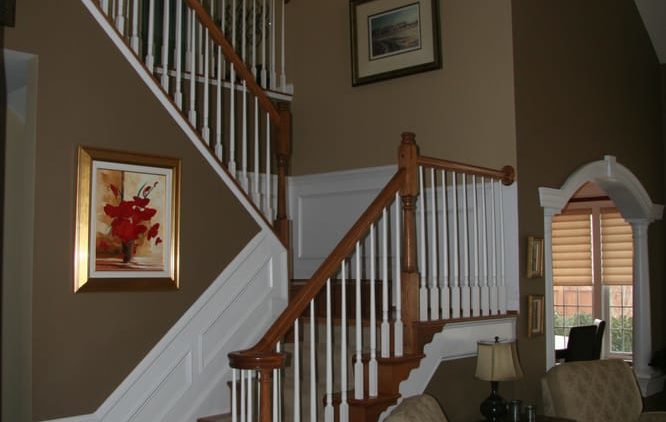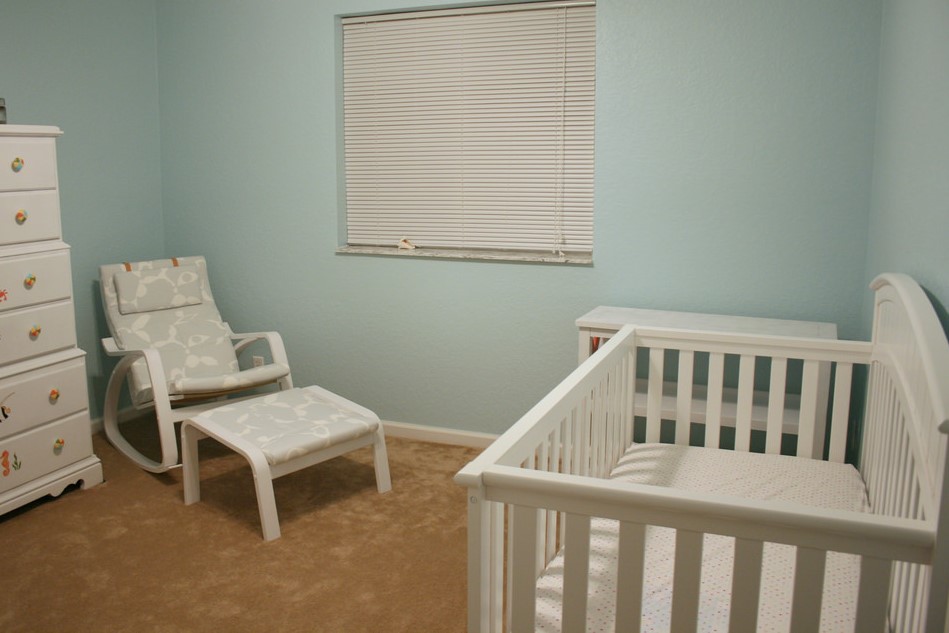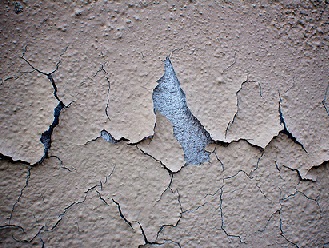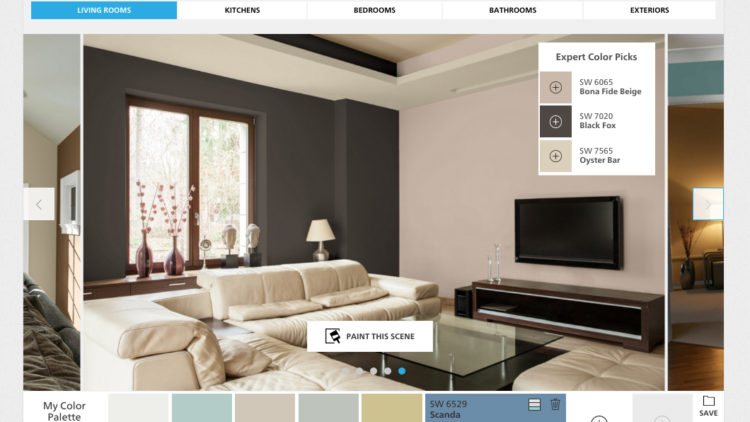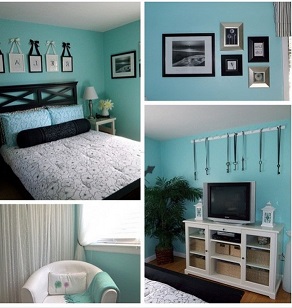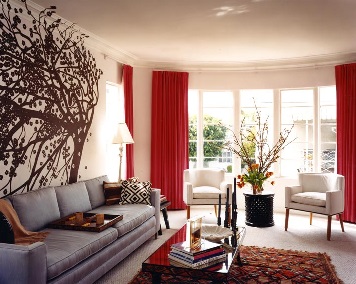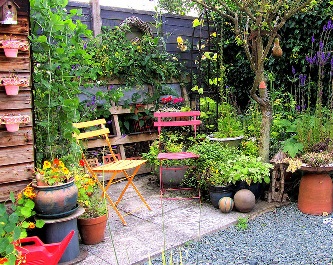Paint may start to peel off of interior walls or exterior surfaces of your home regardless of when it was applied. Here are some possible causes and how you can fix the problem:
Poor Adhesion
Paint will start to peel off when it does not adhere properly to the surface underneath it. This happens when the wall was not cleaned and primed correctly.
Mildew, oil, dirt and dust need to be thoroughly removed before painting. If you are painting a wall covered in old paint with a glossy finish, you must use an abrasive cleanser to clean and dull the wall to improve adhesion. If you are painting over a wall with an existing paint type, you need to choose the same type of paint. Oil, latex and water-based paints do not mix well together.
Moisture
The paint will not dry correctly if it is applied to a damp surface. This can lead to premature peeling of paint.
Paint That Has Gone Bad
Peeling can happen if the paint used has already gone bad. Latex paints may no longer be usable when they are left stored in open containers in the garage. They start to develop a strong odor and leave a rough finish on the surfaces that can cause peeling. Cheap paints may also fail and peel sooner compared with higher-end paints.
New Wood
New wood has natural oils that can cause paint to peel off regardless if the wood appears dry when you paint it. Cedar is particularly susceptible to this. Wood that was not properly cured may contain too much moisture.
A wall with peeling paint is an eyesore, as well as a health risk, since areas in your home with flaking paints can become a breeding ground for bacteria and mildew. Ensure you make the necessary repairs as soon as possible.
Fixing peeling paint requires removal of the chipped paint, use of a patching compound, sanding, then use of an oil-based primer. An easier option to repairing peeling paint is to entrust the job to an experienced professional.
University Painters can help fix peeling paint in your home. Our expert painters can remove old and peeling paint layers then repaint the surfaces using tried and tested techniques that can prevent peeling from happening again. Contact us today to learn more about how we can help you repair peeling paints in your home.
[/fusion_text][/fusion_builder_column][/fusion_builder_row][/fusion_builder_container]


